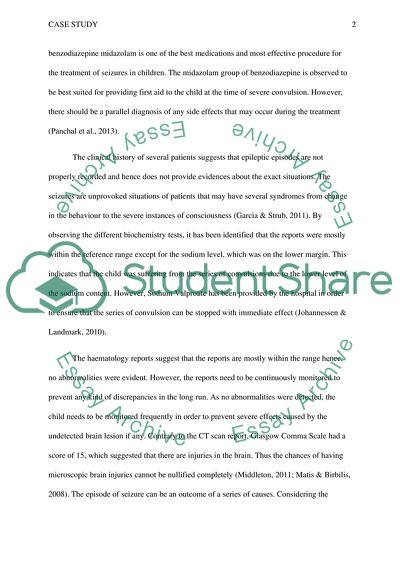Cite this document
(“Extreme Situation Recorded under Status Epilepticus Case Study - 4”, n.d.)
Extreme Situation Recorded under Status Epilepticus Case Study - 4. Retrieved from https://studentshare.org/nursing/1655913-case-study
Extreme Situation Recorded under Status Epilepticus Case Study - 4. Retrieved from https://studentshare.org/nursing/1655913-case-study
(Extreme Situation Recorded under Status Epilepticus Case Study - 4)
Extreme Situation Recorded under Status Epilepticus Case Study - 4. https://studentshare.org/nursing/1655913-case-study.
Extreme Situation Recorded under Status Epilepticus Case Study - 4. https://studentshare.org/nursing/1655913-case-study.
“Extreme Situation Recorded under Status Epilepticus Case Study - 4”, n.d. https://studentshare.org/nursing/1655913-case-study.


